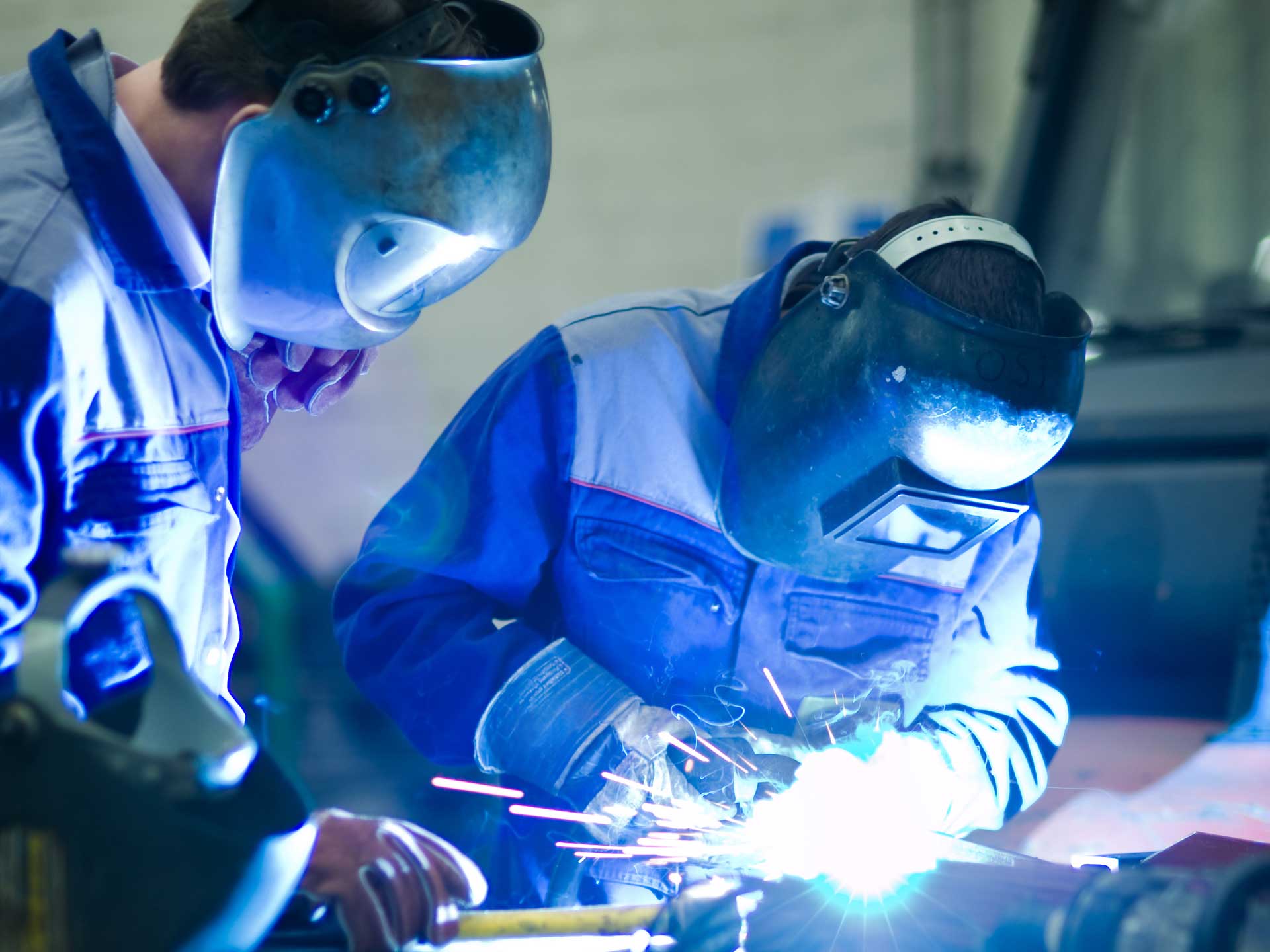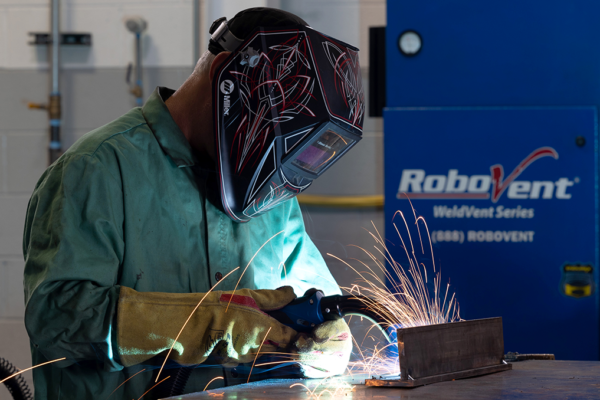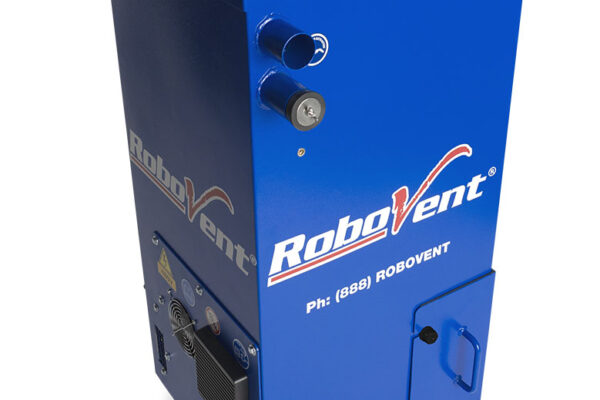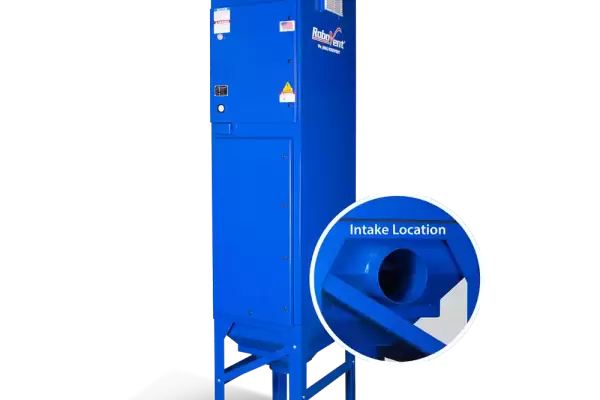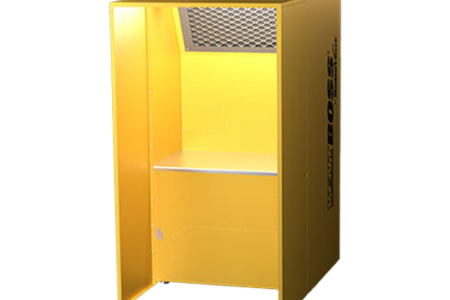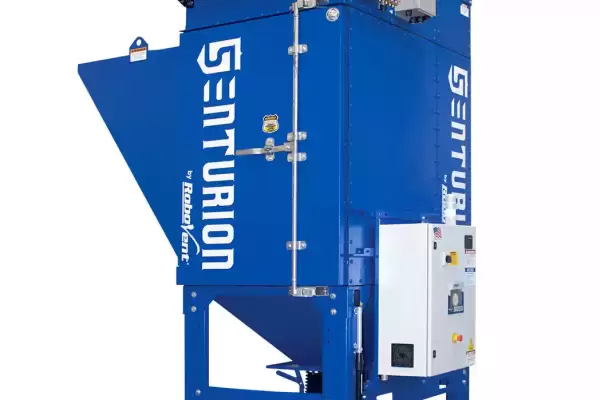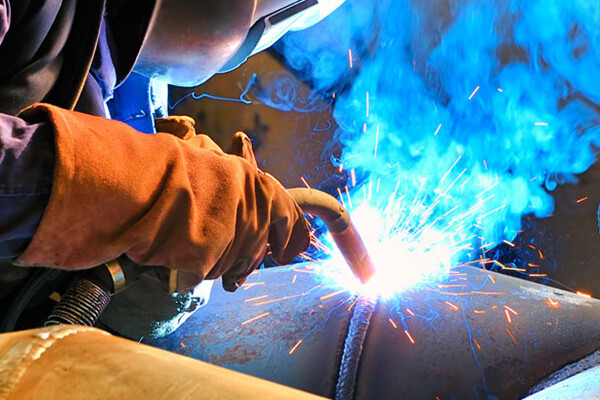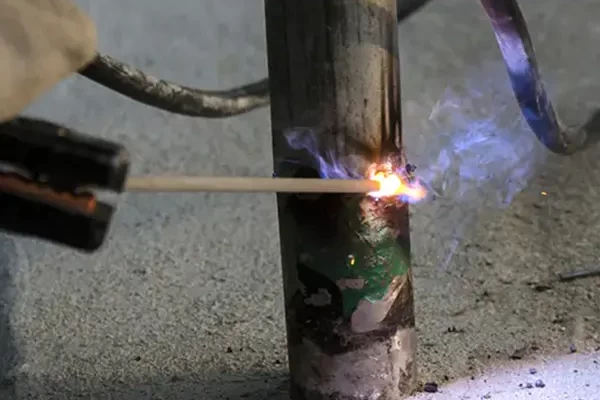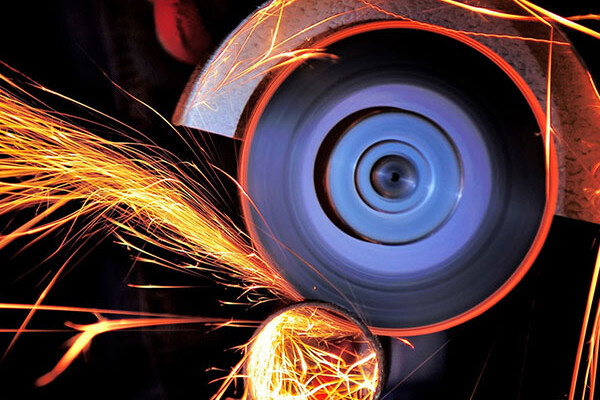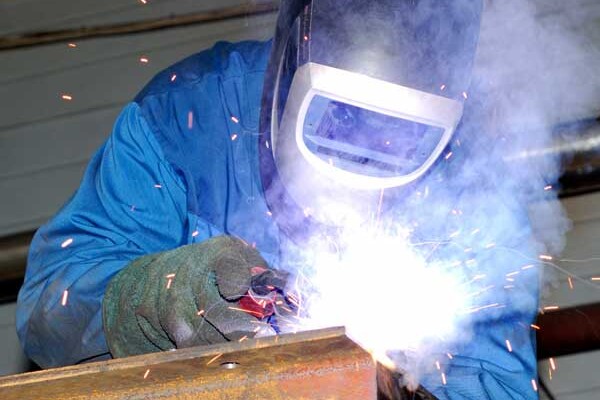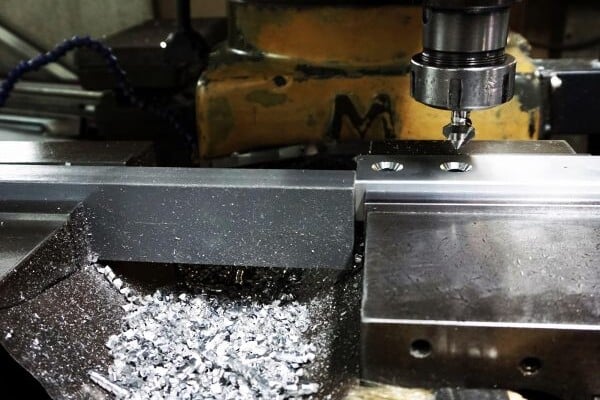DUST AND FUME COLLECTION CHALLENGES IN THE WELD SCHOOLS
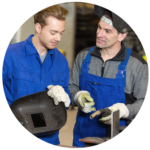 A weld school will likely have a wide array of welding equipment operating at the same time on an average day. With multiple welding stations working at once, significant amounts of weld fumes could be generated under the same roof. These weld fumes are not only an unpleasant nuisance, they are highly dangerous if not addressed by ventilation or capture equipment.
A weld school will likely have a wide array of welding equipment operating at the same time on an average day. With multiple welding stations working at once, significant amounts of weld fumes could be generated under the same roof. These weld fumes are not only an unpleasant nuisance, they are highly dangerous if not addressed by ventilation or capture equipment.
When it comes to air quality challenges, weld fumes rank among the worst. Because of the high temperatures involved in welding, particulates in weld fumes are incredibly small. These tiny particulates are easily inhaled into the lungs and absorbed into the body. If exposure to these particles reaches a certain threshold, welders can be at great risk of harm.Weld fumes are dangerous because they contain high amounts of metallic particulates. These particulates come from the welding wire and the base materials that are being welded. When inhaled, these metals wreak havoc on the body. Heavy metals, such as manganese and hexavalent chromium, and light metals, such as aluminum and beryllium, are often components of weld fumes and have been linked to extremely serious health effects. For example, hexavalent chromium is a known carcinogen with a well documented history of causing cancer.
Related Resources
SOLUTIONS FOR DUST AND FUMES IN WELD SCHOOLS
A school is the last place anyone should be injured by overexposure to weld fumes. Fortunately, comprehensive capture systems exist to collect and treat these fumes. Demonstrating effective and responsible weld fume capture should even serve as an element of students' education. Every manufacturing facility should have equipment to ensure clean air, and students should learn why that equipment is necessary and how it operates.
Weld schools need to manage their air quality for regulatory compliance, as well. The Occupational Safety and Health Administration (OSHA) issues regulations for workers' exposure to harmful substances that travel in fumes and dust. Their authority for this comes from their “General Duty Clause,” which says employers must provide a safe workplace. OSHA establishes permissible exposure levels (PEL's) for specific toxic substances, such as the inhalable metals listed above. Failure to comply with OSHA regulations can leave a company open to fines, lawsuits and other liabilities. More importantly, failure to comply with safety regulations can leave students and faculty vulnerable to harm.
RoboVent has decades of experience with all manner of welding equipment, from the smallest manual welding station to the most complex array of robotic welding cells. RoboVent can make your weld school safe, healthy and more efficient through our affordable equipment and engineering services.
CONTACT US
Contact one of our industrial dust experts to gain the advantage against dust-generating processes and applications.


